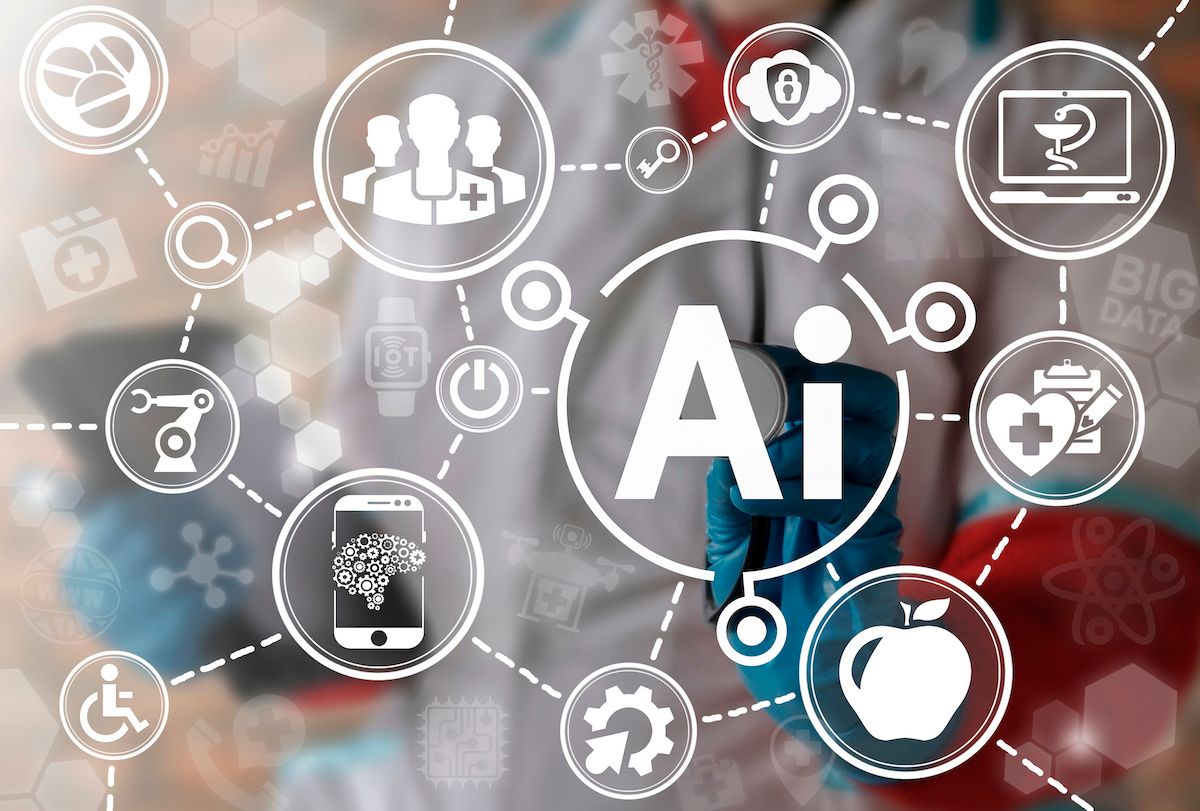Article
Practical AI and the future of medical care
Author(s):
Technology can help bridge the divide between medical and dental health

Last year, researchers published a study in the Journal of Clinical Periodontology linking gum disease to higher risks of complications from COVID-19, including ICU admission and death. The data revealed COVID-19 patients with gum disease are nearly nine times more likely to die from the virus than those without gum disease.
These results are consistent with what many in the medical and dental communities have known for a long time: oral and medical health are inextricably linked, and dental care directly impacts health in the rest of the body.
As diseases such as COVID-19 and monkeypox threaten public health, greater alignment between the health care and dental industries becomes increasingly important. Moreover, implementing scalable technologies that allow for enhanced preventative care and early detection will be vital to maintaining patient health and avoiding disease in both dental and medical settings.
A harmful divide
The divide between medical and dental care benefits no one. Dentistry is health care, yet there has long been an artificial separation between dental and medical care in the United States, creating the belief that dental care is an optional luxury—nice to have but not necessary.
But as the Journal of Clinical Periodontology study shows, the more we learn about the link between oral and physical health, the clearer it becomes that the distinction between the two is hurting patient health. Over 40 years ago, the Institute of Medicine(IOM) oral health reports emphasized how damaging the United States dental care delivery system is.
The IOM has reported for decades that our dental system fails to address the two most common oral diseases, tooth decay and periodontal disease. Research suggests poor oral health correlates strongly with chronic conditions. Early identification and intervention for oral diseases is one of the best and easiest paths to better overall health and can significantly reduce some of the most pressing health issues in our society. The evidence is clear: A dentist is an essential part of providing whole body health.
Advancing preventative care with dental AI
We typically think of artificial intelligence (AI) as a tool just for charting or billing, but it has tremendous potential to improve both clinical outcomes and practice efficiencies. Comprehensive patient care depends on timely, accurate and complete identification of all disease instances and, in many cases, can begin in the dentist’s office. Many chronic diseases, including diabetes, cardiovascular disease and early-onset dementia, can be detected (and treated) earlier with proper oral healthcare.
In dentistry and all other areas of health care, AI must be effective across diverse patient populations and help providers deliver the most accurate diagnoses. This helps ensure the most appropriate treatment recommendations and expands the opportunity to strengthen patient trust. Widespread use of dental AI supports medical-dental integration (MDI) by significantly improving the ability to predict or flag systemic diseases like hypertension and diabetes. This would be a vital step in generating meaningful health care transformation by reducing disparities in tooth decay and supporting populations with both unmet oral health needs and associated chronic diseases.
A bridge to better health
The link between oral and overall health is inextricable, and AI is beginning to eradicate the historical divide between dentistry and other forms of health care. This technology has the capacity to positively impact the lives of hundreds of millions of citizens across the U.S. and billions globally. The growing desire among Americans for comprehensive oral and traditional medical care, coupled with the advanced technologies hitting the market, makes significant disruption to our existing care model a near certainty.
VideaHealth, a dental AI company working with leading dental support organizations, insurers, and other companies in the dental industry.





